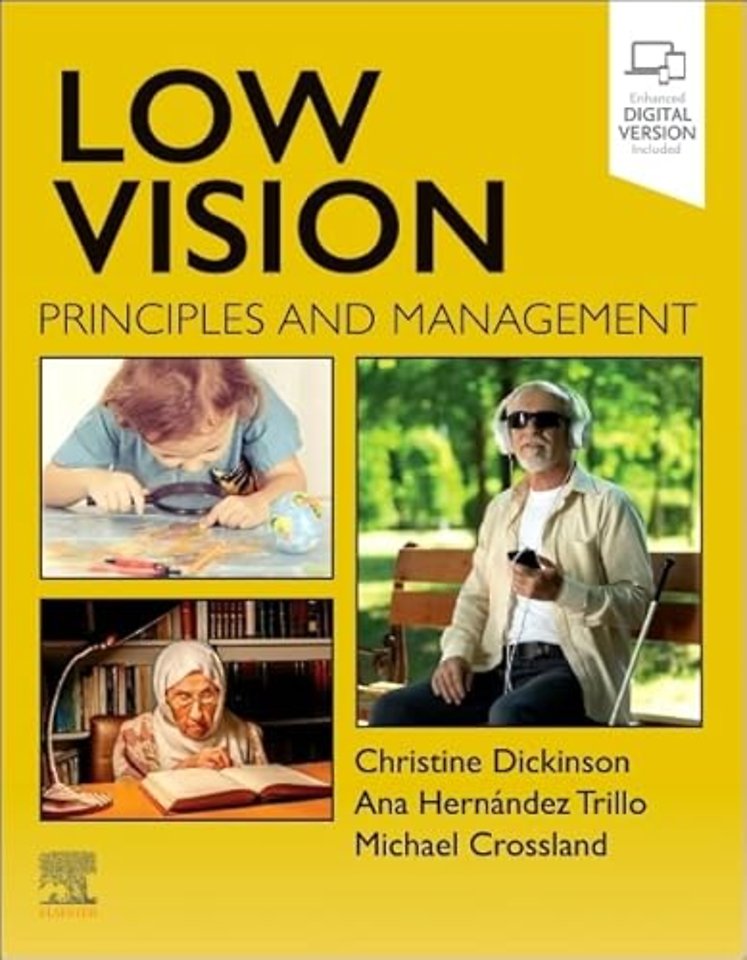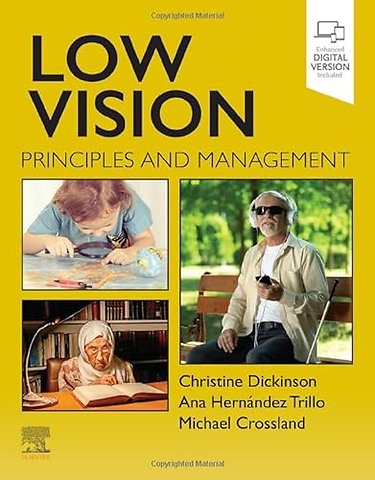Low Vision
Principles and Management
Samenvatting
**Selected for Doody’s Core Titles® 2024 in Optometry**
Providing an ideal balance of theory and practice, Low Vision: Principles and Management covers all aspects of providing effective eye care to individuals with visual impairment. This concise yet comprehensive resource covers everything from theoretical background to current rehabilitative aids and low vision treatment strategies—all while adopting a practical approach to vision care. It brings practising eye care professionals and students fully up to date with current optical and electronic devices and how they are used in everyday practice, as well as evidence-based vision rehabilitation guidelines.Features comprehensive guidance on visual rehabilitation for acuity loss and visual field lossDescribes a wealth of practical advice and real-world case scenarios to help guide your day-to-day patient interactions as well as your most challenging situationsCovers hot topics, including the link between mental health and low vision, assistive technologies, measures of quality of life and other outcome measures, WHO classifications of visual impairment, and best practices for auditing and commissioning vision servicesContains over 200 diagrams, illustrations, and patient photos to aid in visual understandingExplains how eye care professionals can work within a multi-disciplinary team to provide complete careAn eBook version is included with purchase. The eBook allows you to access all of the text, figures and references, with the ability to search, customize your content, make notes and highlights, and have content read aloud

